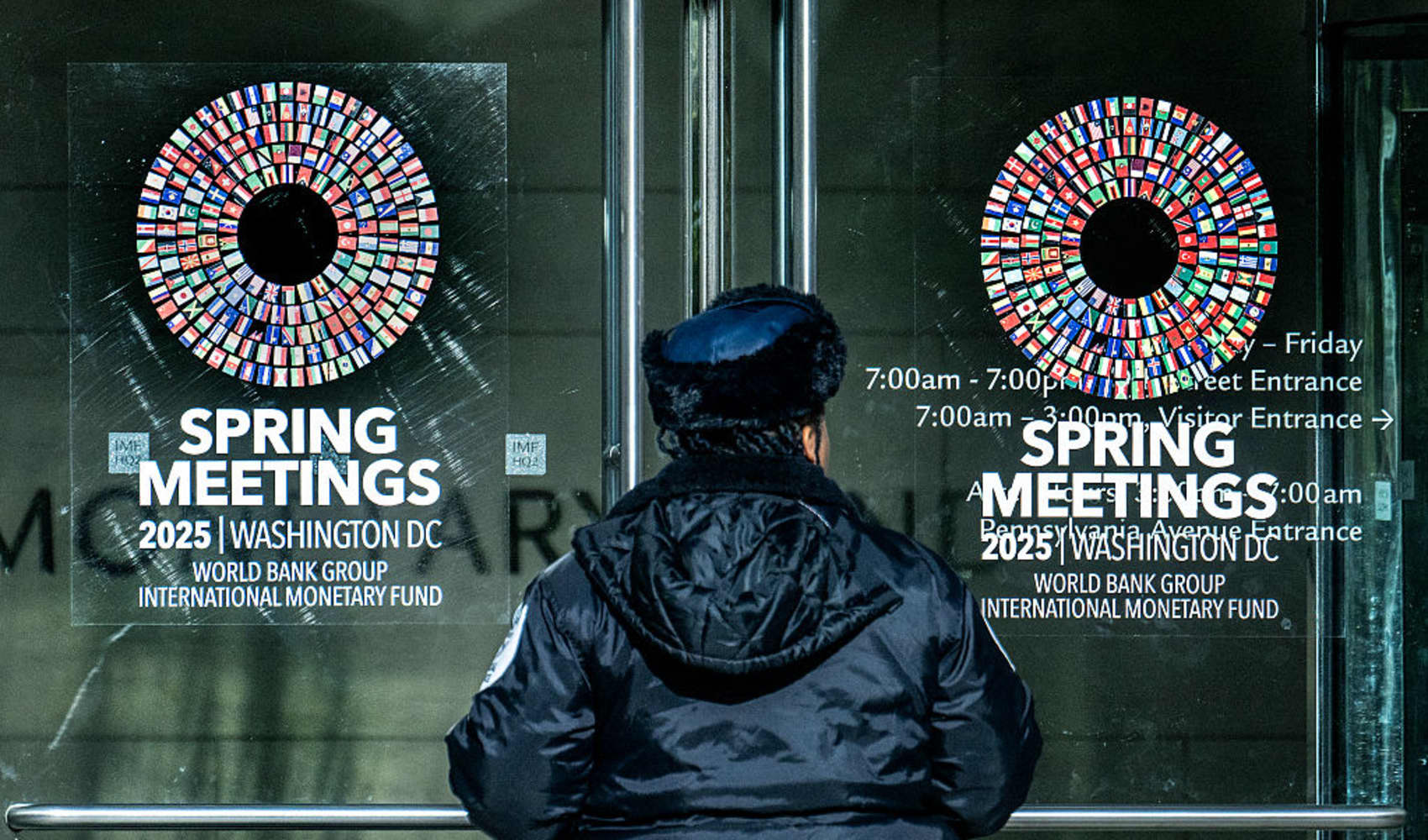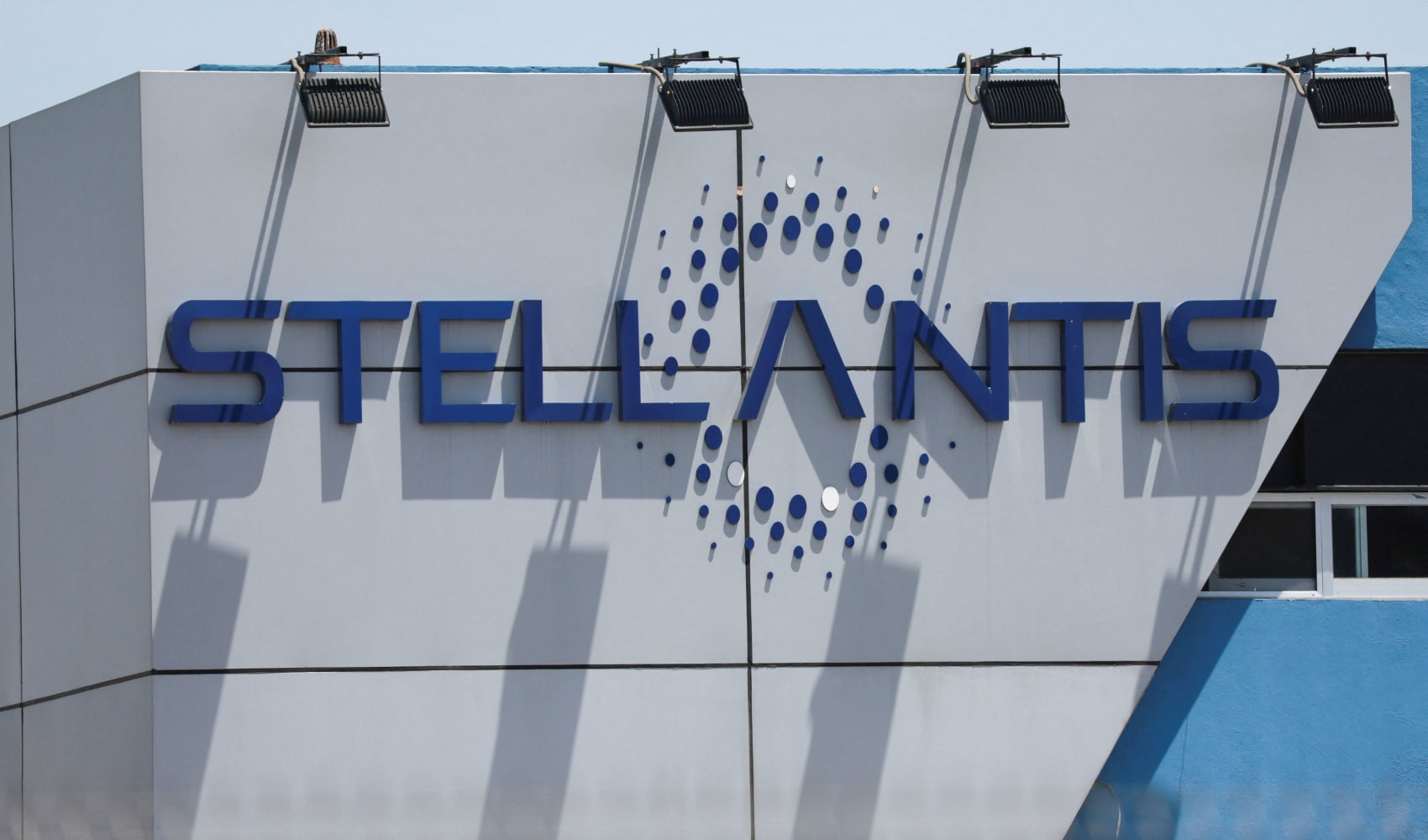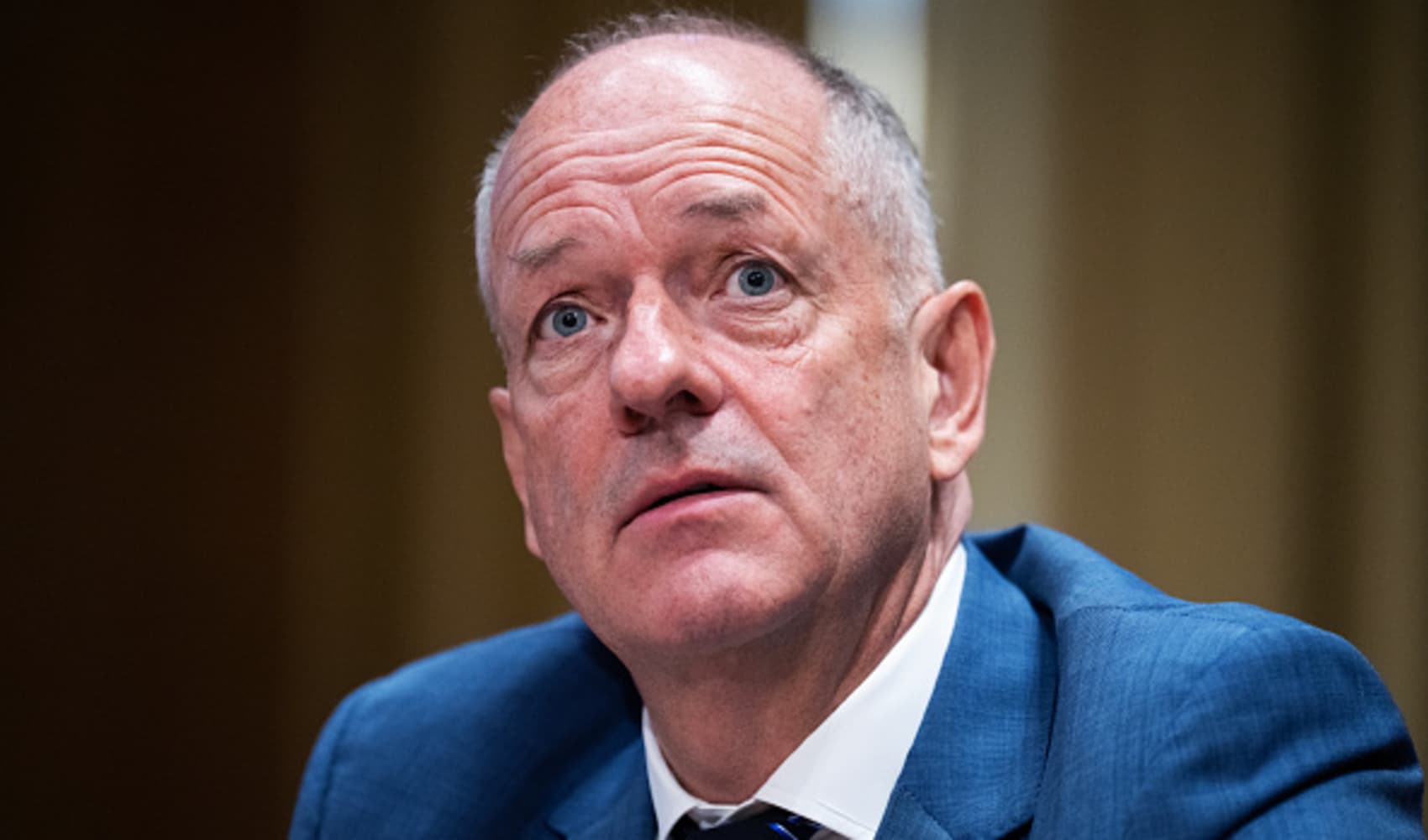IMF Cuts Asia Growth: Trade Fears Trigger Global Slowdown
IMF Downgrade: Asian Growth Wobbles Amid Global Trade Storm
Introduction: A Reality Check for Asia's Economic Engines
The global economic landscape is a constantly shifting terrain, and recent developments have sent ripples of concern through Asia's major economies. The International Monetary Fund (IMF), a key watchdog of global financial health, has just released its updated projections, and the news isn't exactly rosy. Asia, a region often seen as the engine of global growth, is facing a significant slowdown. But what's behind this shift, and what does it mean for the future of these economic powerhouses?
IMF Cuts 2025 Forecasts: A Closer Look
The IMF's recent report paints a picture of moderated expectations. The organization has revised its growth forecasts downwards for several key Asian economies, signaling a potential softening of the region's economic momentum.
Specific Revisions for Key Players
- China: The 2025 projection has been reduced from 4.6% to 4%.
- India: The 2025 forecast has been lowered from 6.5% to 6.2%.
- Japan: The growth expectation has been slashed from 1.1% to a mere 0.6%.
These adjustments, while seemingly small, represent a significant shift in sentiment and highlight the challenges these nations are facing.
The Global Ripple Effect: A Widespread Slowdown
It's not just Asia feeling the pinch. The IMF has also revised its global growth forecast for 2025 downwards, from 3.3% to 2.8%. This broader slowdown suggests that the factors impacting Asia are part of a larger, interconnected web of economic challenges.
Trade Tensions: The Looming Shadow
The IMF explicitly points to trade tensions as a major contributing factor to this dampened outlook. Specifically, tariffs announced by the U.S. and its trading partners are identified as "a major negative shock to growth." Think of it like this: trade is the lifeblood of the global economy, and tariffs are like blockages in the arteries, hindering the flow of goods and services.
High Policy Uncertainty: Navigating Uncharted Waters
Beyond trade tensions, the IMF also cites "high policy uncertainty" as a key concern. This refers to the unpredictable nature of government policies, which can make it difficult for businesses to plan and invest. When businesses are unsure about the rules of the game, they tend to become more cautious, leading to slower economic growth. It's like trying to navigate a ship through a dense fog – you're never quite sure what's ahead.
China's Balancing Act: Growth Targets vs. Reality
China's official GDP growth target for 2025 is "around 5%." While still ambitious, this target seems increasingly challenging to achieve in light of the IMF's revised forecast. Can China maintain its growth trajectory amidst global headwinds? Only time will tell.
India's Aspirations: Maintaining Momentum
India, another economic powerhouse, has projected a 6.5% growth rate for its 2025 fiscal year. While the IMF's revised forecast is slightly lower, it still represents a significant level of growth. However, maintaining this momentum will require careful management of economic policies and a focus on attracting investment.
Japan's Struggle: Stagnation or Recovery?
Japan's significantly reduced growth forecast raises concerns about its economic prospects. After decades of stagnation, Japan is striving to reignite its economy. The IMF's downgrade suggests that this task may be even more difficult than previously anticipated.
The Impact on Businesses: Navigating the Downturn
For businesses operating in these regions, the IMF's revised forecasts represent a wake-up call. Companies need to reassess their strategies, manage risks carefully, and explore new opportunities for growth. This means being adaptable, innovative, and prepared for a more challenging economic environment. Are you ready to weather the storm?
The Consumer's Perspective: Spending Habits and Confidence
Economic slowdowns can impact consumer confidence and spending habits. When people are worried about the future, they tend to save more and spend less, which can further dampen economic growth. Understanding consumer sentiment is crucial for businesses to adapt their offerings and marketing strategies. Will consumers tighten their belts?
The Role of Government: Stimulus and Support
Governments play a vital role in mitigating the impact of economic slowdowns. They can implement stimulus measures, such as tax cuts or infrastructure spending, to boost demand and support businesses. They can also provide social safety nets to protect vulnerable populations. It's like a safety net for the economy.
Investment Strategies: Where to Put Your Money?
In a period of economic uncertainty, investment strategies need to be carefully considered. Investors may seek safe-haven assets, such as government bonds or gold, or explore opportunities in sectors that are less sensitive to economic fluctuations. Diversification is key to managing risk.
The Long-Term Outlook: Beyond 2025
While the IMF's forecasts focus on 2025, it's important to consider the long-term outlook. The global economy is constantly evolving, and new challenges and opportunities will emerge. Factors such as technological innovation, demographic shifts, and climate change will all play a role in shaping the future of Asian economies.
Opportunities Amidst the Challenges: Finding the Silver Lining
Despite the challenges, there are also opportunities for growth and innovation. Companies that can adapt to changing market conditions, embrace new technologies, and develop innovative products and services will be well-positioned to succeed. Every crisis presents an opportunity, right?
The Future of Global Trade: A New Era?
The trade tensions highlighted by the IMF raise questions about the future of global trade. Will we see a shift towards more regional trade agreements, or a return to multilateralism? The answer to this question will have a profound impact on the global economy.
Conclusion: Navigating the Uncertainties Ahead
The IMF's revised forecasts serve as a reminder that the global economy is facing significant challenges. Trade tensions, policy uncertainty, and a general slowdown are impacting Asia's major economies. While the road ahead may be bumpy, with careful planning, strategic adaptation, and proactive government policies, Asia can navigate these uncertainties and continue to play a vital role in the global economy. The key takeaway is that agility and adaptability will be paramount.
Frequently Asked Questions
Here are some frequently asked questions about the IMF's recent forecasts and their implications:
What exactly does it mean when the IMF "downgrades" a growth forecast?
A downgrade means the IMF believes the economy will grow at a slower pace than previously predicted. It's like saying the car is going slower than we thought it would.
What are the main factors contributing to the slower growth in Asia?
The IMF points to trade tensions, particularly tariffs, and high policy uncertainty as the primary drivers of the slowdown. It’s like a combination of headwinds slowing down a plane.
How will the IMF's revised forecasts affect my personal finances?
The impact on personal finances can vary. Slower growth may lead to fewer job opportunities, lower wage growth, and increased economic uncertainty. However, governments may also implement policies to support individuals and families.
What can businesses do to mitigate the impact of the economic slowdown?
Businesses can focus on cost management, diversification, innovation, and building strong customer relationships. Think of it as preparing for a rainy day by reinforcing your business foundation.
Are there any potential benefits to a slower economic growth rate?
While slower growth presents challenges, it can also create opportunities for innovation, sustainability, and a more equitable distribution of wealth. It’s an opportunity to reassess priorities and build a more resilient and inclusive economy.


